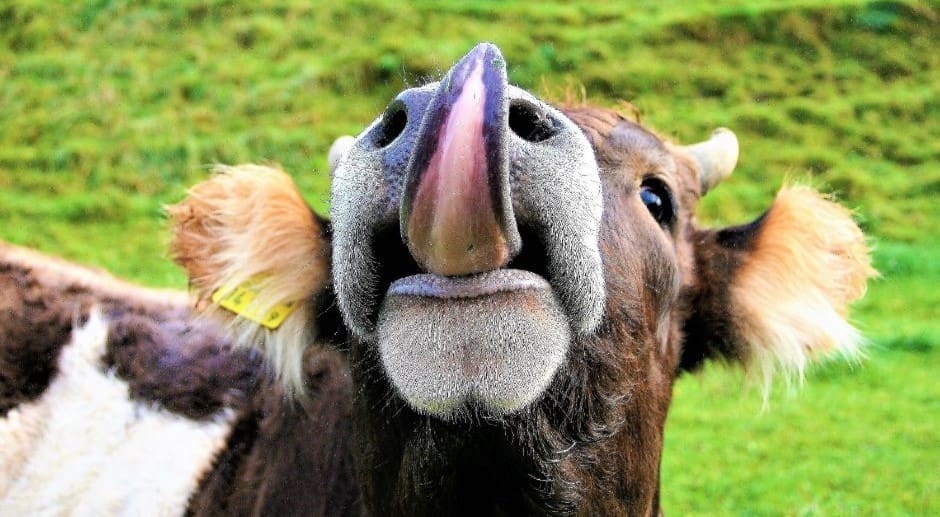As grasses in a pasture mature, they undergo physical changes that affect the cattle grazing on them. Older plants dry out, lose nutritional value, and develop coarse stems, increasing the risk of cattle sustaining facial and eye injuries.
In a recent episode of the Cattle Chat podcast, Kansas State University veterinarians advised producers to be vigilant for conditions like lumpy jaw and wooden tongue as their pastures become more “stemmy.”
Lumpy jaw and wooden tongue happen when the tissues of the mouth are damaged on rough textured forages, according to K-State veterinarian Bob Larson.
Wooden tongue in cattle occurs when mouth injuries allow naturally occurring bacteria to cause an infection. According to K-State veterinarians, it is not contagious but results from bacteria normally present in the mouth and throat. Coarse feeds and grasses can damage the mucous membranes, leading to lesions. Cattle with wooden tongue exhibit symptoms like an enlarged, stiff, and swollen tongue that often hangs out of their mouth, making eating difficult. The affected animals may appear to be panting or drooling, as their tongue can’t retract properly.
Lumpy jaw in cattle, like wooden tongue, is caused by bacteria naturally present in the mouth that infect tissues following an injury. If the bacteria invade the bone, the condition can be difficult to cure. Early detection improves the chances of recovery for both lumpy jaw and wooden tongue, with intravenous treatment often being effective. Producers are advised to consult a veterinarian for proper diagnosis and treatment. In addition, when examining cattle for these conditions, it’s important to check for squamous cell carcinoma, also known as cancer eye. Early treatment through surgical removal can allow the animal to continue living productively, but if the cancer spreads to the bones, euthanasia may be considered for animal welfare.













